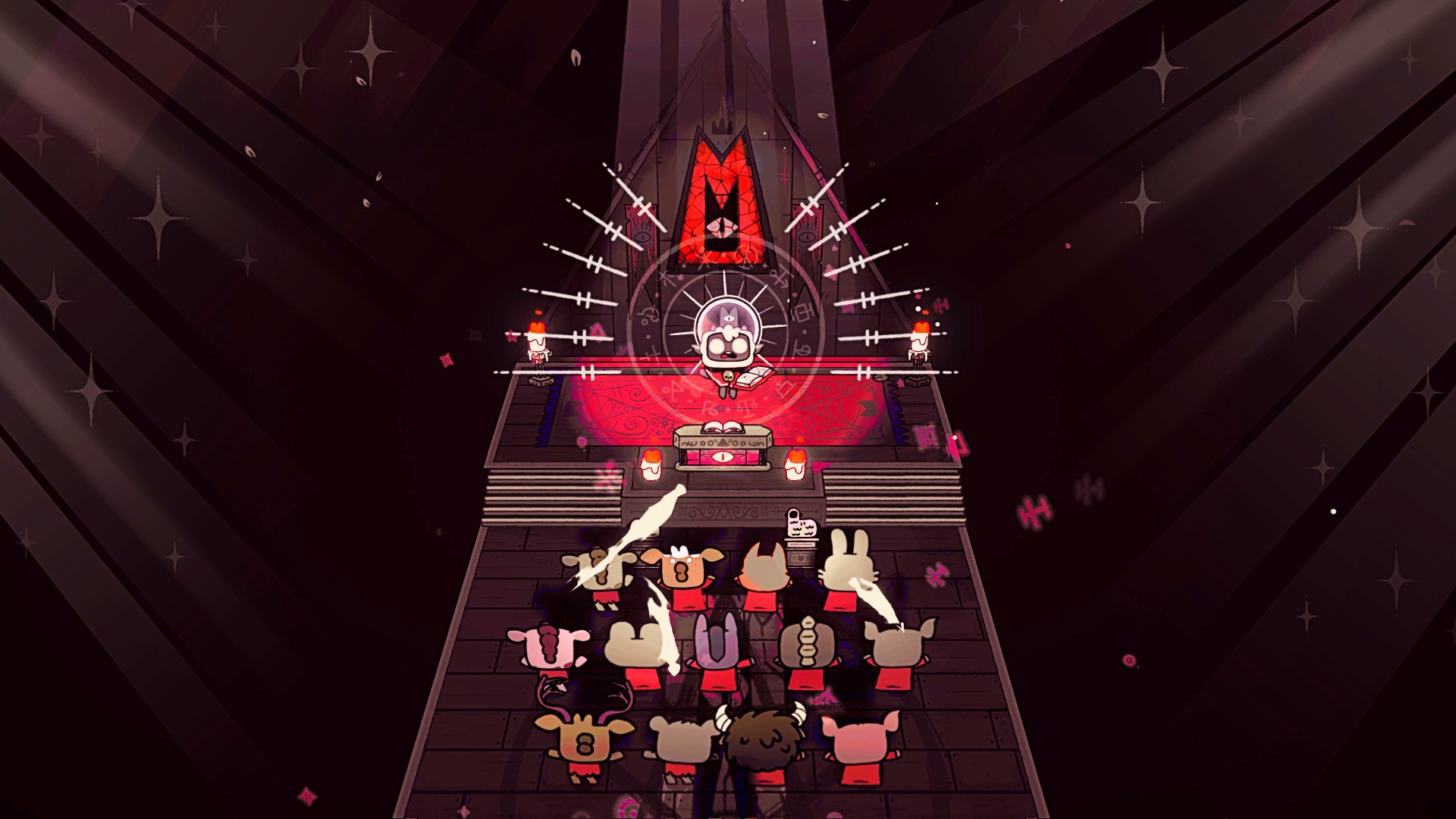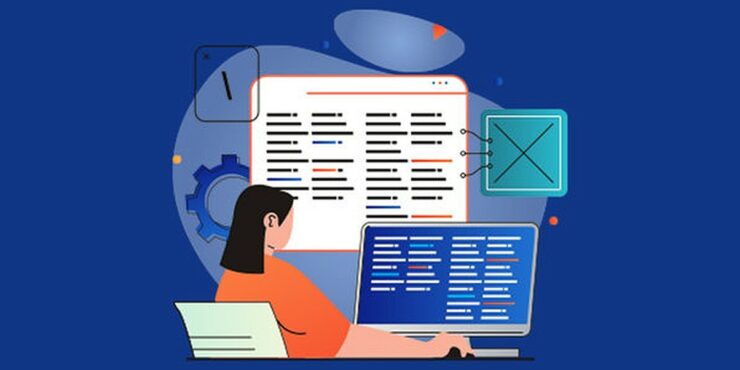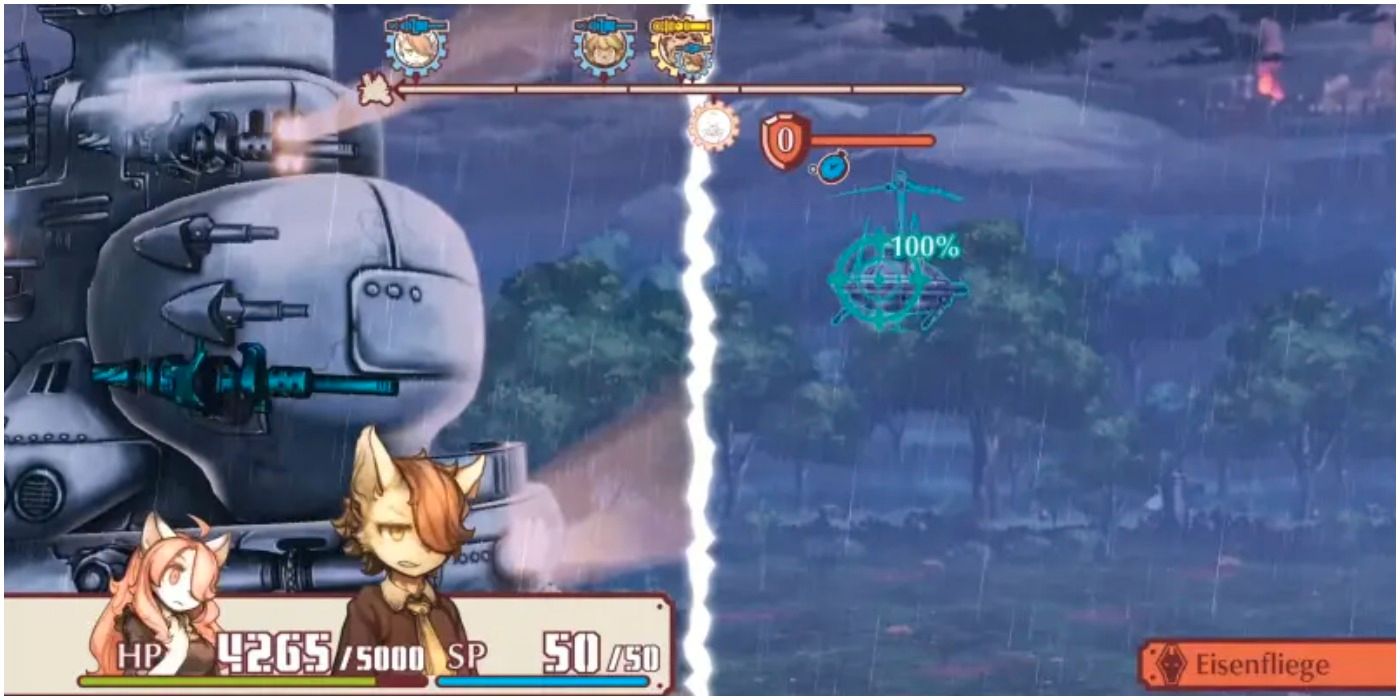
The strategy RPG Fuga: Melodies of Steel, the first self-published title by CyberConnect2, is already being met with great praise for its story, characters, and gameplay mechanics. But one thing new players ought to be prepared for is the unique level of challenge this title offers compared to previous entries in the Little Tail Bronx series.
RELATED: The Best Anime Games Come From CyberConnect2
Luckily, navigating this game's systems is far from impossible, and with the right strategies and by developing consistency, new players can easily find a route to success. Let's go over some of the best tips and tricks to keep in mind when playing Fuga: Melodies of Steel.
Battle Tips
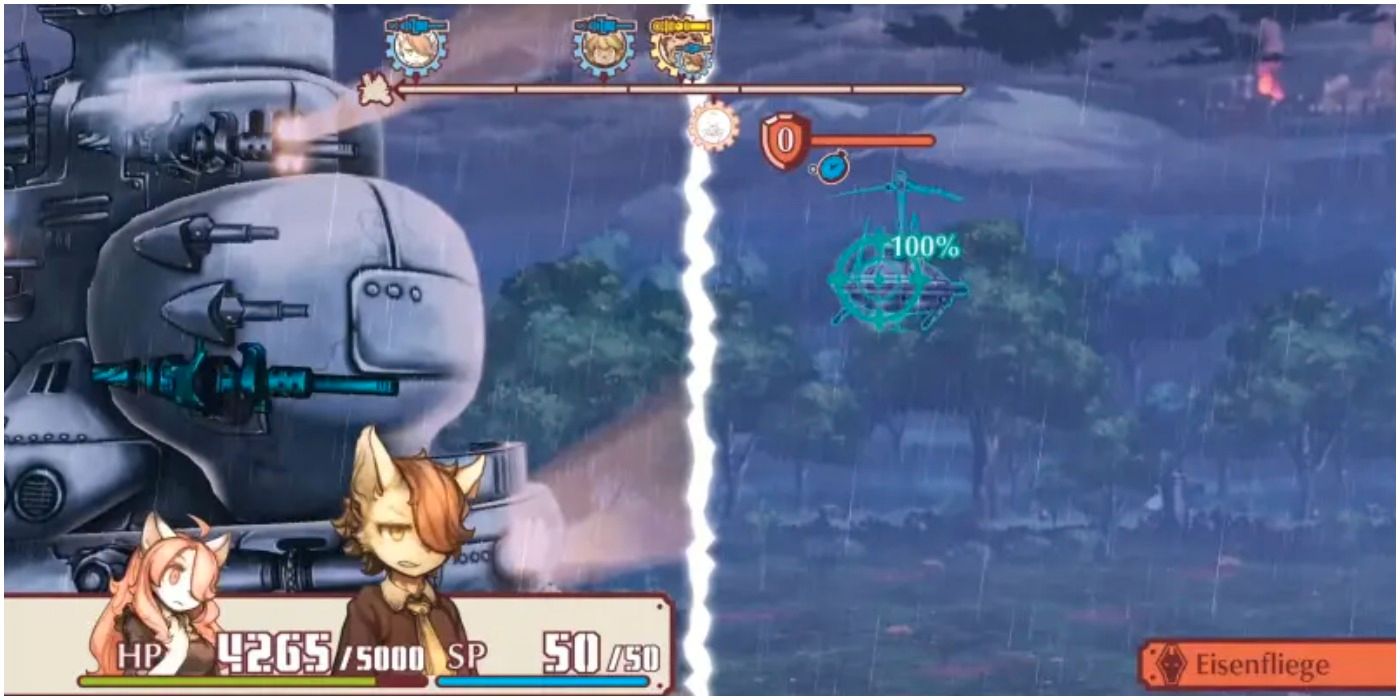
Battles in Fuga: Melodies are waged between Taranis — the mighty tank discovered by six of the game's 12 child protagonists — and the Berman Army. Each child is set to one of the Taranis's three gun turrets — the machine gun, the cannon, or the grenade launcher. The gun a child is assigned to does not change, but when that child acts, what actions they take, and whether or not they are at the main gun or in a support role can be different.
Get used to frequently shifting the formation of the children for different situations. The Berman army units each have weaknesses to certain weapons, and if they are hit by that weapon, their next action can be delayed. Each child possesses different skills as well as support effects, which are passive abilities that can do things such as heal the Taranis after attacking, increase attack, increase accuracy, and more. Keeping note of the abilities each child brings to the table and using each of them to your advantage is key to turning the tide of battle in your favor.
Set The Stage For Hero Mode
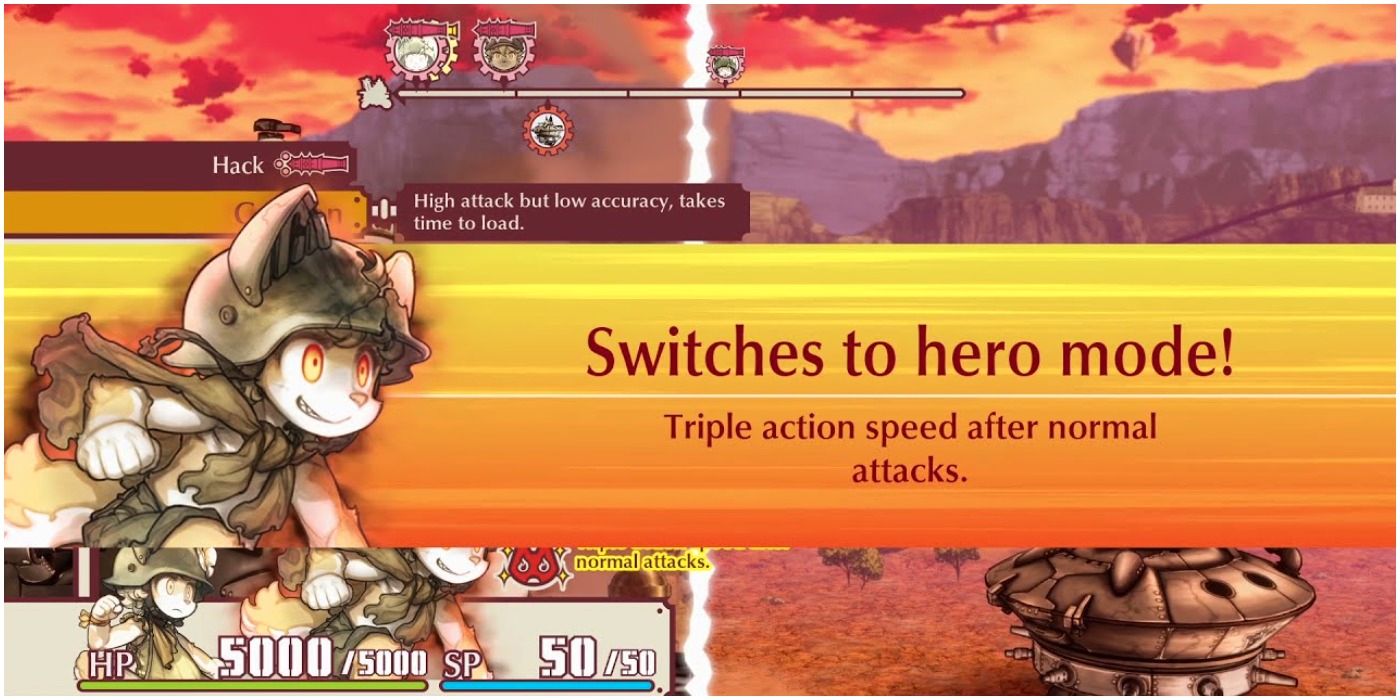
There are many different status effects in Fuga: Melodies of Steel that can affect both the child and the Berman Army. These status effects can either be good or bad, doing things such as dealing constant damage, greatly increasing speed, or other such effects. When the children are in 'good mood,' there is a higher chance of them entering Hero Mode — a special state which grants them enhanced abilities in battle for three turns.
Each child's Hero Mode is unique, and it'll be a good investment to set up the right conditions in advance for the mode to trigger. Some of the abilities are more situational, but each one has a purpose and can even be your saving grace in a pinch, so setting the stage for Hero Mode to occur between battles is definitely in your best interest.
Use AP Wisely
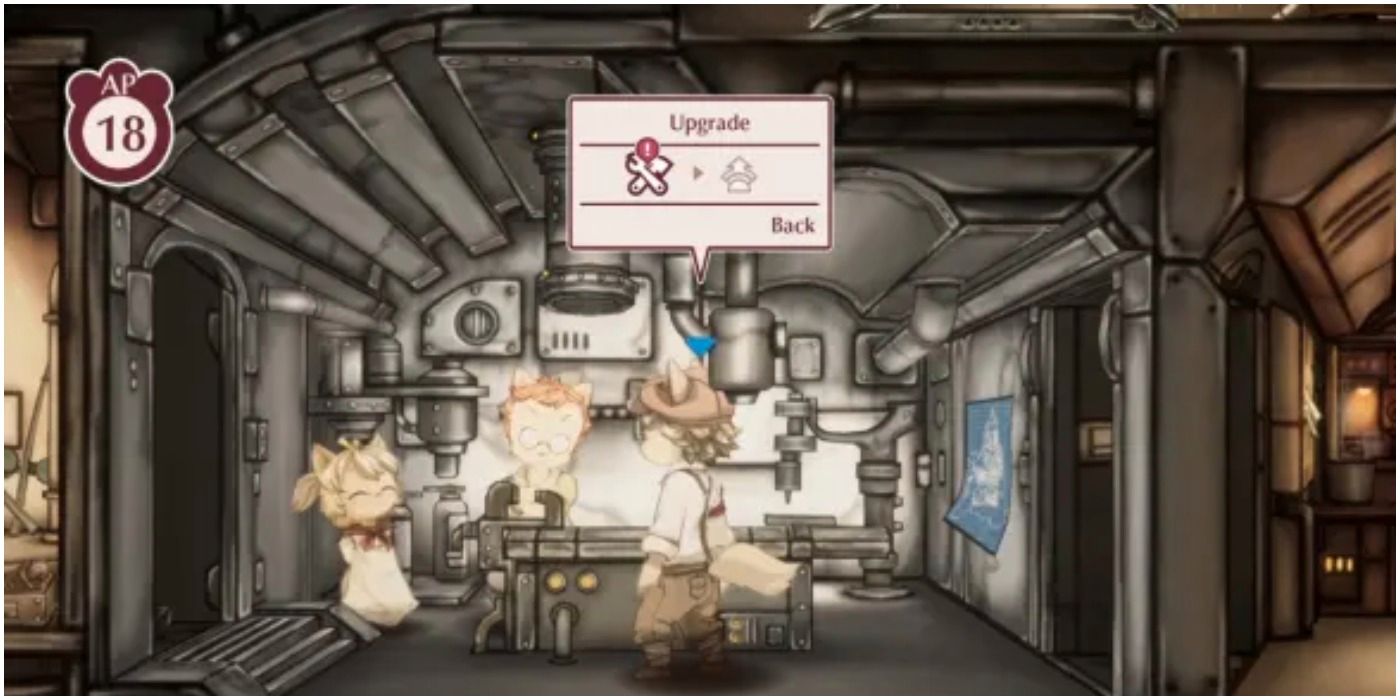
Intermissions allow players to not only rest but to make the Taranis and the children even stronger. At the start of each Intermission, you'll be granted 20 AP that can be spent to complete various tasks. For example, letting two children talk to each other to raise their affinity costs 1 AP, upgrading one of the Taranis's weapons costs 2 AP, and so on.
When starting an Intermission, gauge the situation to determine where best to invest your AP. Any characters that have been injured will be knocked out if injured again; any that are knocked out will be unable to act at all in battle until rested; and any that are depressed will be unable to use skills. Spending AP on characters under these conditions should be prioritized, and the rest should be allocated for only the most essential tasks. Making priorities and focusing on what needs to be done is key to better planning where AP is invested.
Follow More Dangerous Routes
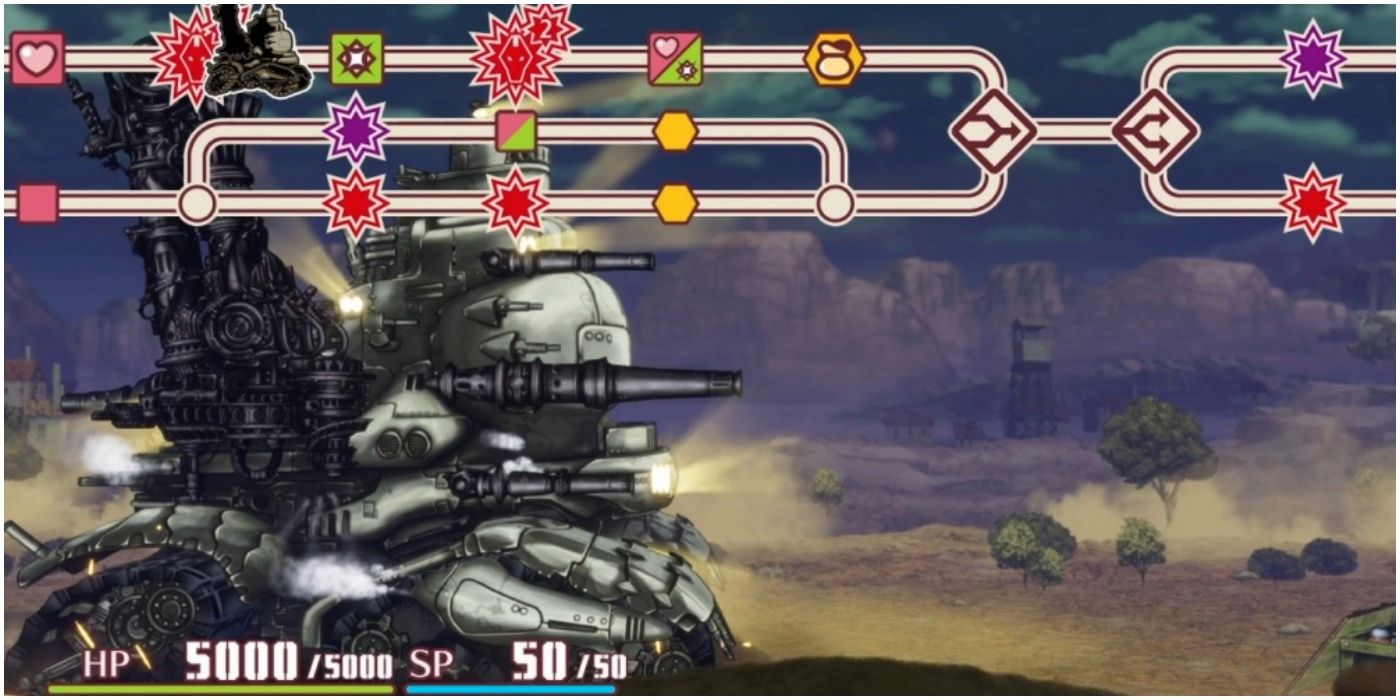
When traveling along a route in Fuga, you'll often come across branching paths. You can either go along a safe route, a normal route, or a more dangerous route. Safer routes are usually filled with healing spots and easier enemies, dangerous routes feature more difficult enemies but yield significantly higher rewards, and normal routes are right in the middle.
While dangerous routes may seem more intimidating, they are almost always the better option. Unless the Taranis is at risk of being destroyed or the children are in really bad shape, make a habit of traversing more dangerous routes over others.
Keep An Eye On Your Skill Points
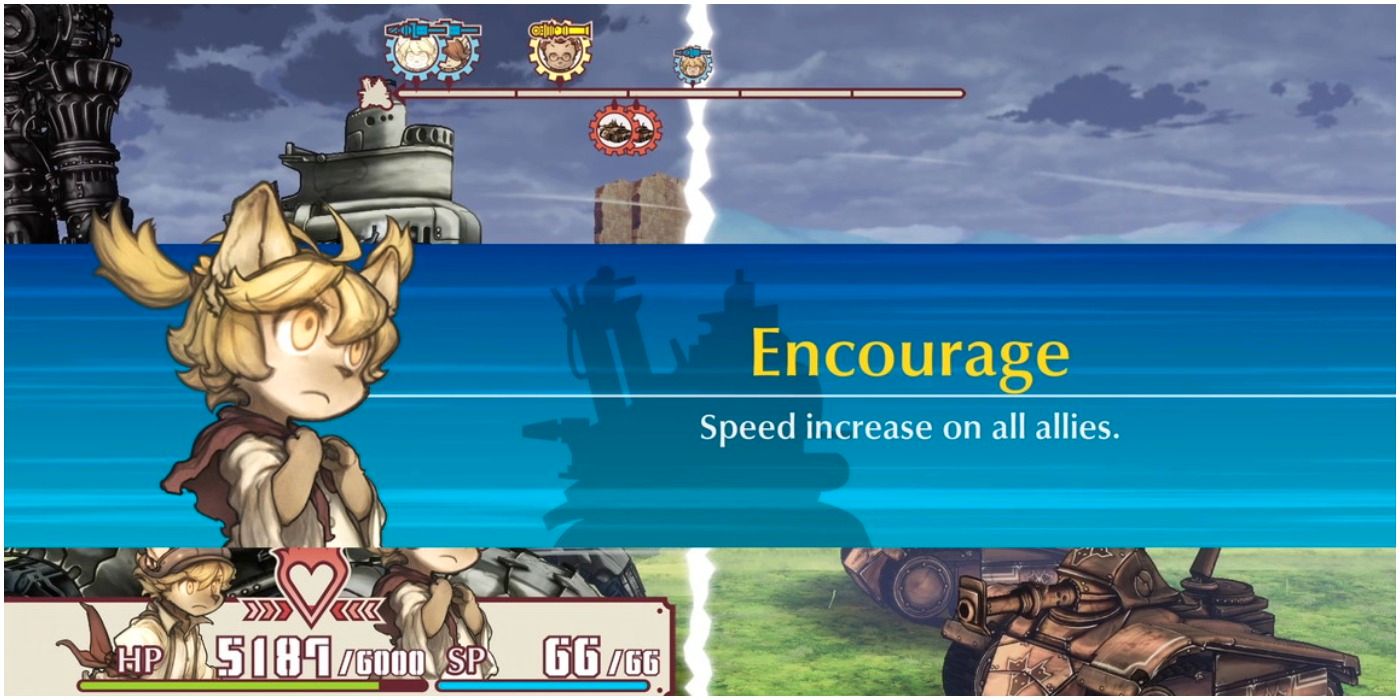
Skill points, or SP, are an integral aspect of battles in Fuga: Melodies of Steel. They allow the children to use their respective skills, which can be used to cast different effects in battle, like healing the Taranis or hitting multiple enemies at once. However, the children do not have their own individual SP meters, and instead must share one. Understanding the skills that are most beneficial in most situations will be a big help.
RELATED: Octopath Traveler: Best Skills In The Game
There are generally three types of skills: attacking skills, stat skills, and healing skills. Attacking skills can be used to attack multiple enemies or do big damage; stat skills increase stats like attack and speed; and healing skills recover HP. Healing and attack skills are the most useful for making sure the Taranis can last. Stat skills are more situational.
Affinity and Link Attacks
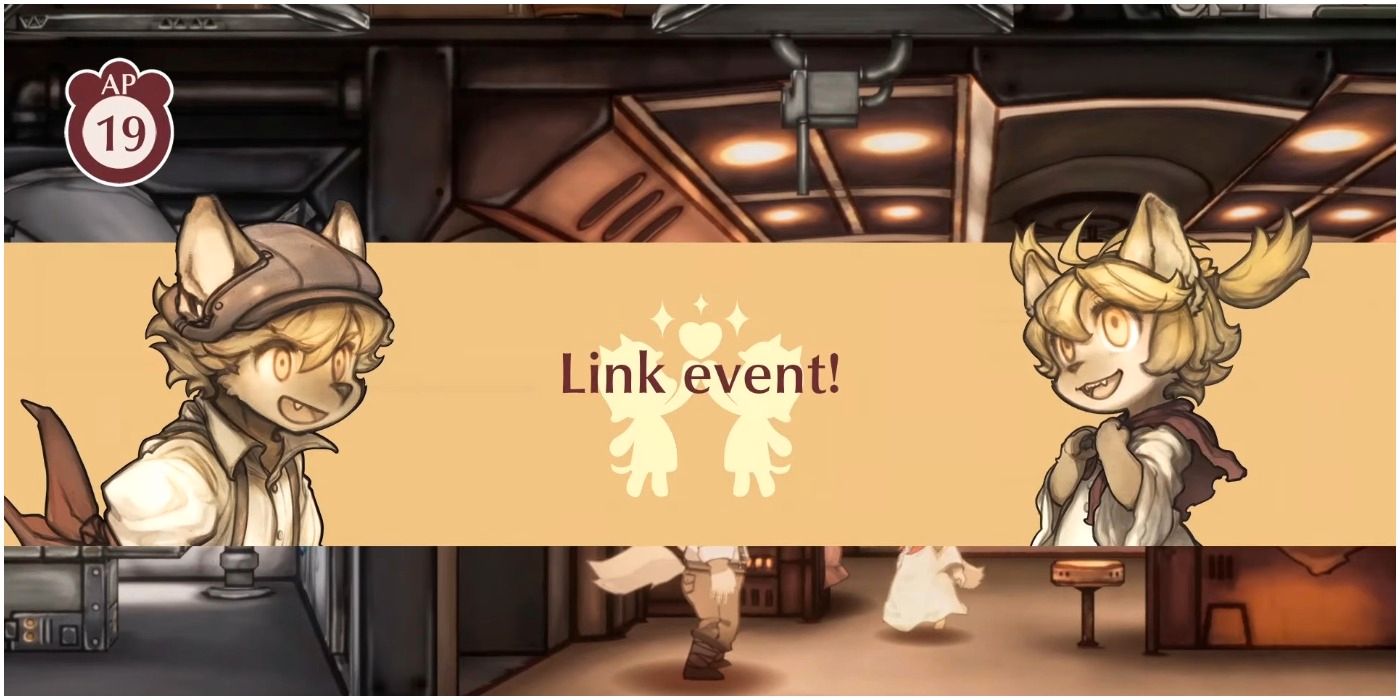
Having two children talk to each other during an Intermission will help to raise their affinity with one another. If two characters reach at least level two affinity, they can unlock a Link Event and a Link Attack. Link Events are fun little side stories that occur between the respective characters to show their bond, but Link Attacks are the real reward.
These are special attacks that two characters can perform together that are essentially a better version of skills, since they don't cost any points. Making two children talk to each other only costs 1 AP. However, since there is a total of 12 children, it is recommended to focus on developing a handful of relationships as opposed to trying to get all of them in a single playthrough. That way, AP is saved for other tasks.
Don't Forget To Use Items
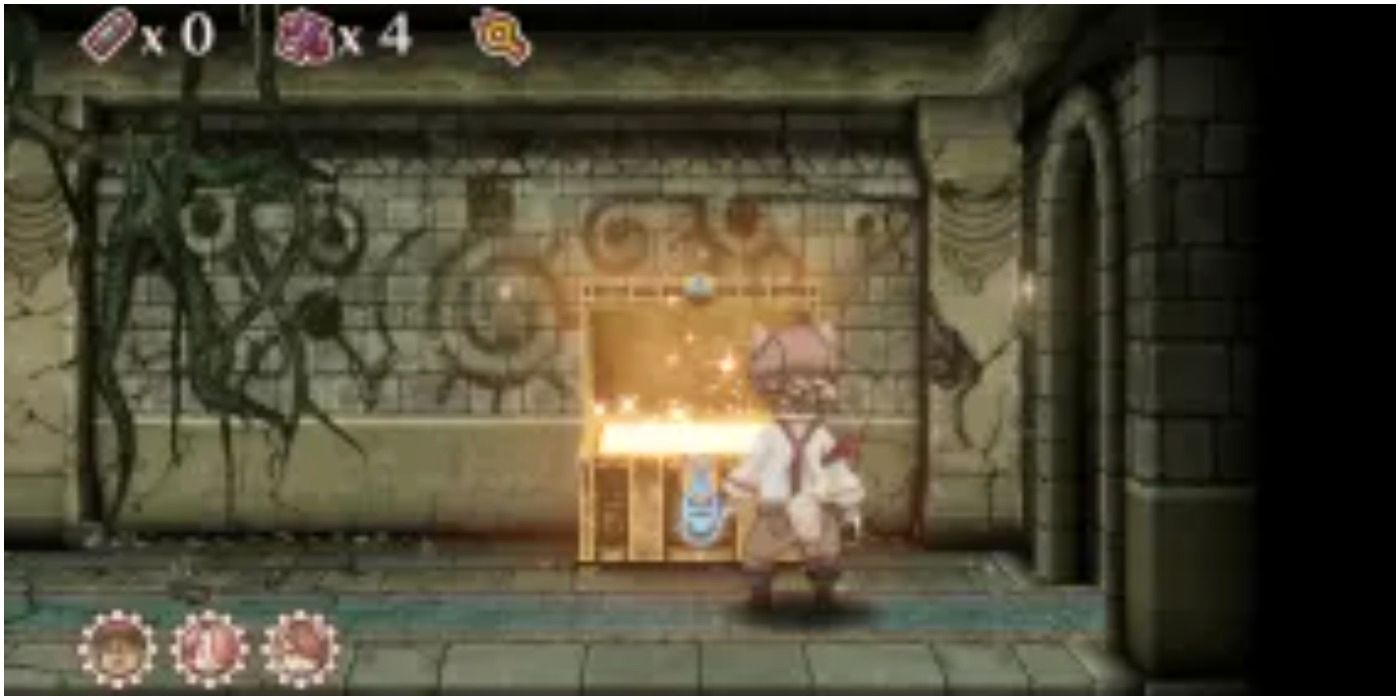
Over the course of your adventure, you will come across several items that can be used in battle. At the start of each chapter, towns where players can barter for different materials they may need are accessible, but such items can also be found by exploring on the Taranis and in ruins.
Some items can serve as substitutes for skills, such as ammo and repair kits, while others can help recover SP and power up the Taranis. Try to use them in situations where you're low on SP or in a pinch. They just might be a last-minute miracle.
Defense Over Offense
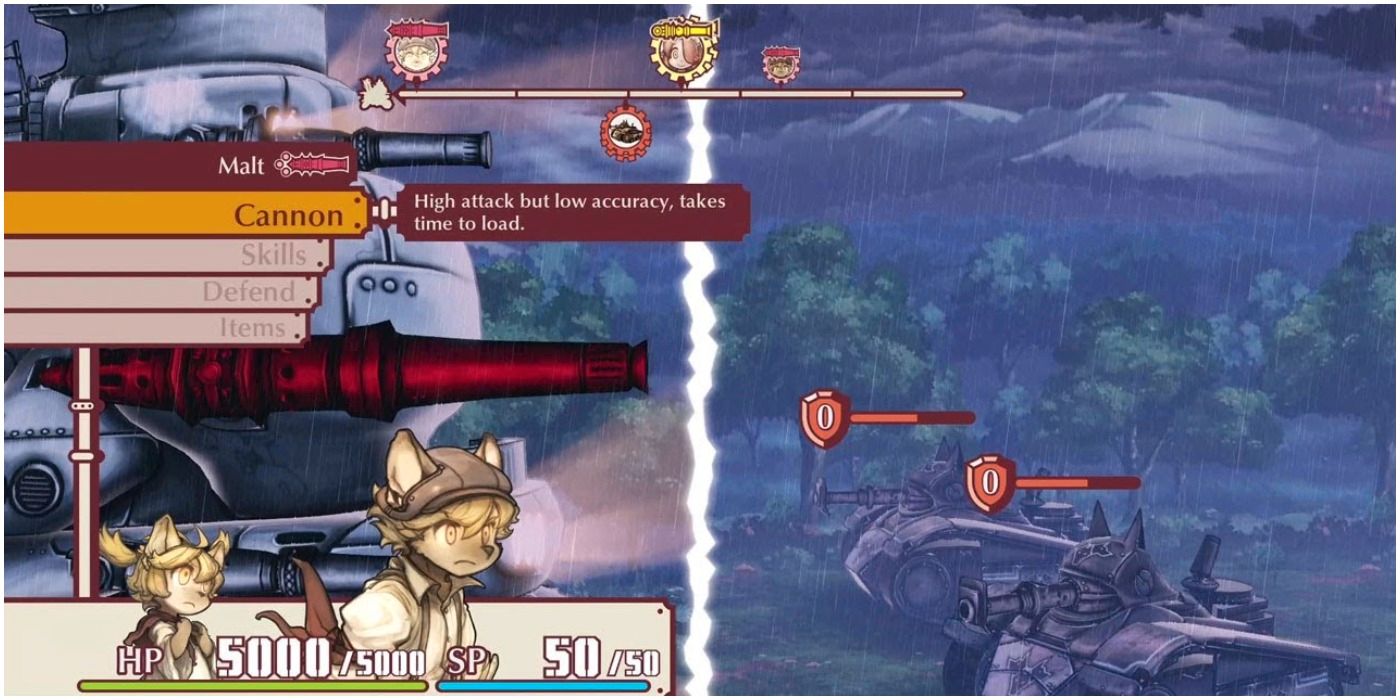
Sometimes attacking isn't always the best option. You can perform a variety of actions during a battle, one of which is choosing to defend against an oncoming attack. This lets the Taranis take less damage than normal, and ought to be selected against other options depending on the circumstance.
In addition to weapons, you are also given the option during an Intermission to upgrade the Taranis reactor and core, increasing its HP and SP supply respectively. Unfortunately, though, this does not increase its actual defensive stats, so it's recommended that you try to defend as much as possible when the going gets tough.
Cooking, Scrap Fishing, Upgrading, and Farming
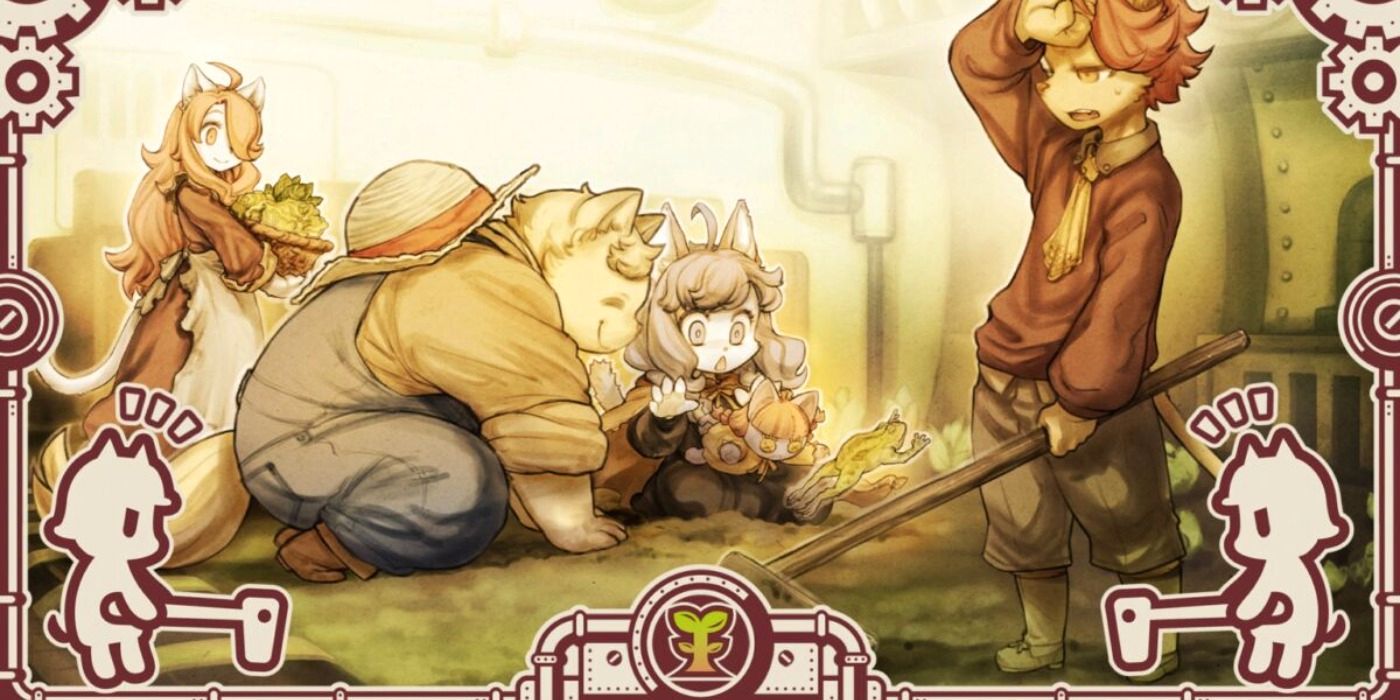
The things your AP can be allocated to during an Intermission include scrap fishing, raising affinity, farming, cooking, upgrading the Taranis, exploring ruins for materials, and healing any incapacitated party members. Four of these — upgrades, farming, scrap fishing, and cooking — can be expanded further to grant higher level buffs. However, their chance of success also goes down.
There are a few ways to take circumvent this issue early on. For scrap fishing, you can use different lines and raise the difficulty to have a chance to yield more materials. Try using the weaker lines and lower difficulty until you have substantially raised affinity between two more party members. If a child goes scrap fishing and has high affinity with other children, there is a chance those children can come in to help raise the success rate. The same applies to cooking and weapon upgrades. For cooking, prioritize meals that benefit the children in the long run, such as those that raise experience and affinity.
Keep A List For Items/Materials
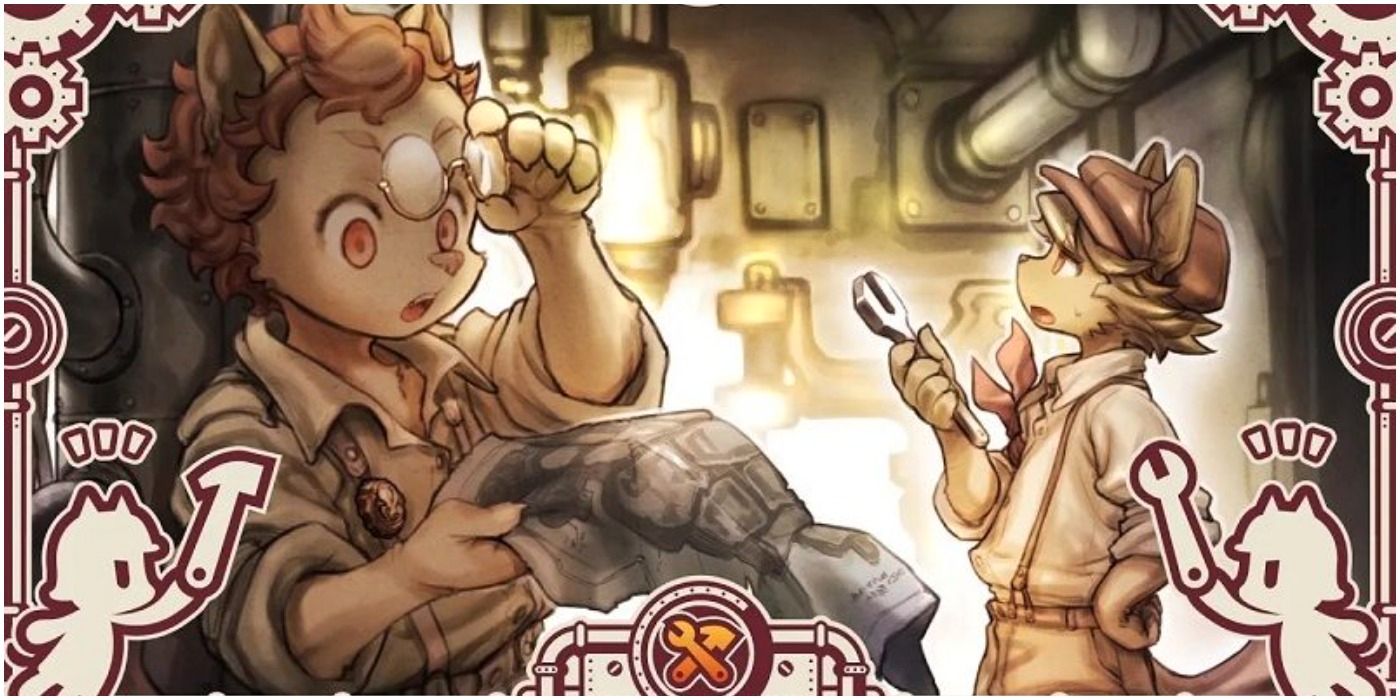
Making the Taranis as powerful as possible is crucial to surviving a battle. This, however, cannot be accomplished without the proper materials, so it is important to figure out what items you really need and which ones you can do away with.
For that, keeping a list is a good strategy. Each facility of the Taranis requires different materials to be upgraded to the next level, so keeping a catalog of which how many of a particular item you still need for, say, the Messroom, is a good way to prepare for the next Intermission.
NEXT: Nintendo Switch: Best JRPGs Of 2020, Ranked According To Metacritic
